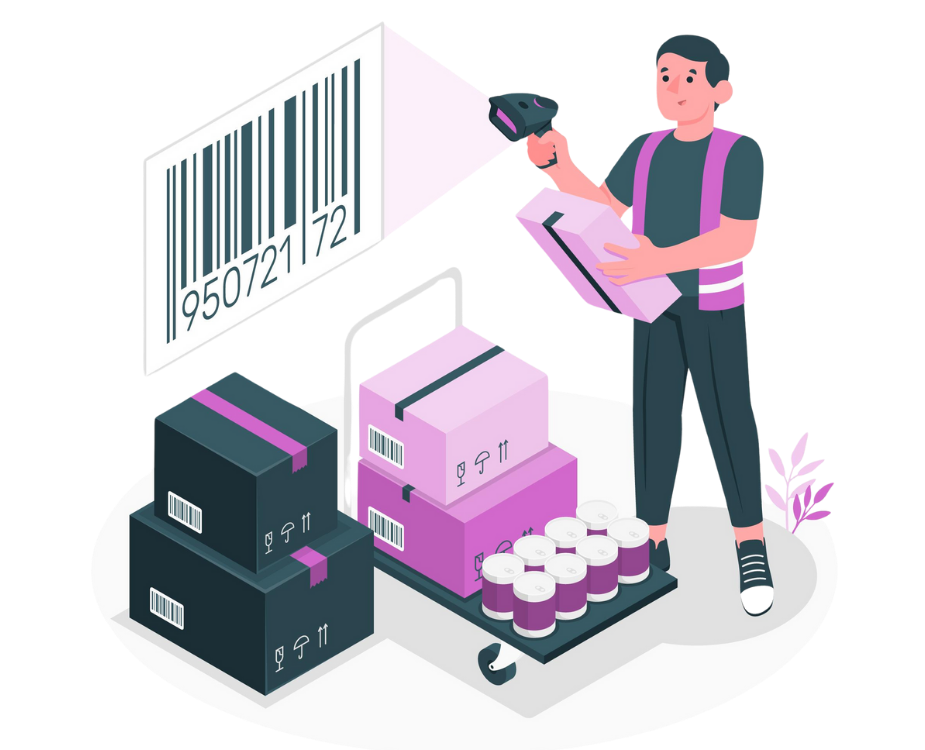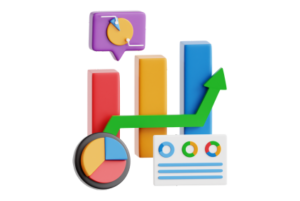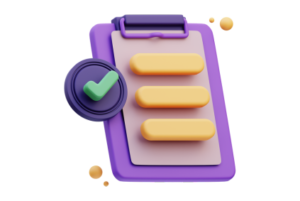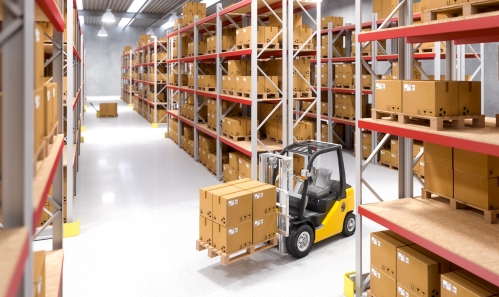Asset Management System
Step 1
The first step in asset tracking is tagging each asset with an RFID tag.

How Asset tracking Solution Works
RFID utilizes electromagnetic fields to automatically identify and track tags attached to objects. Each tag contains a unique identifier and can store additional information about the asset it’s attached to. The RFID system consists of tags, readers, and a backend database or software system.
The first step in asset tracking is tagging each asset with an RFID tag. These tags come in various forms such as adhesive labels, durable tags, or even embedded directly into products during manufacturing. Each tag is encoded with a unique identifier that corresponds to the asset it’s affixed to.
RFID readers are strategically placed throughout the facility or environment where asset tracking is required. These readers emit radio waves and detect the presence of RFID tags within their vicinity. Readers can be fixed at entry/exit points, installed on shelves or conveyors, or even handheld for mobile tracking.
When an RFID tag enters the read range of a reader, it captures the tag’s unique identifier and any additional information stored on the tag. This data is then transmitted to a central database or software system for processing and analysis.
The system offers endless features, including:
RFID tags enable automated identification of assets, eliminating manual data entry and reducing errors.
Provides real-time visibility into asset location and movement, enhancing operational efficiency and security.
Stores asset information in a centralized database, enabling easy access and management.
Integrates with existing systems such as ERP and WMS for seamless data sharing and process optimization.
Generates alerts for events such as asset movement, maintenance requirements, or unauthorized removal.
Offers advanced analytics and reporting tools to gain insights into asset utilization and optimize operations.
Scales to accommodate the tracking needs of small businesses to large enterprises across various industries.

Three Key Components for Effortless Advancement

Enhanced Efficiency and Productivity
Asset tracking streamlines operations by providing real-time visibility into the location and status of assets. This eliminates time-consuming manual processes, such as searching for misplaced items or manually updating inventory records.
Cost Reduction and Loss Prevention
Asset tracking helps businesses minimize costs associated with asset loss, theft, or misplacement. By accurately tracking asset movements and implementing security measures, organizations can prevent unauthorized use or removal of assets.


Improved Compliance and Accountability
Asset tracking solutions ensure compliance with regulatory requirements and internal policies by maintaining accurate records of asset transactions and movements. This enhances accountability within the organization, as assets are tracked from acquisition to disposal, ensuring proper documentation and audit trails.
It takes 3 step to automate the problems

Step 1

Step 2

Step 3
Case Studies

Retail Shop
Increase inventory accuracy, boost process efficiencies and reduce out-of-stocks with item-level tagging. Poxo(Poxo RFID Automation) for retailers can provide full inventory visibility from warehouse to individual retail outlets. In addition, stock taking which typically require a few days can be done within minutes with mobile RFID devices.

Warehouse
Improve efficiency and accuracy throughout your entire warehouse operation with RFID Fixed Gantry for automated inventory update. Streamline receiving, put-away, picking and shipping operations with greatly simplified tracking process by taking only a fraction of the time it would otherwise have taken to count and monitor the items manually with Poxo(Poxo RFID Automation).

Racking & Forklifts
Automatically verifying pallet identification and rack/door location to avoid mis-shipments or erroneous placements, Poxo(Poxo RFID Automation) for forklift’s customization can provide pinpoint load location, assign dynamic routing, monitor load time, reduce empty moves, and improve the overall productivity and utilization of your forklift fleet.
